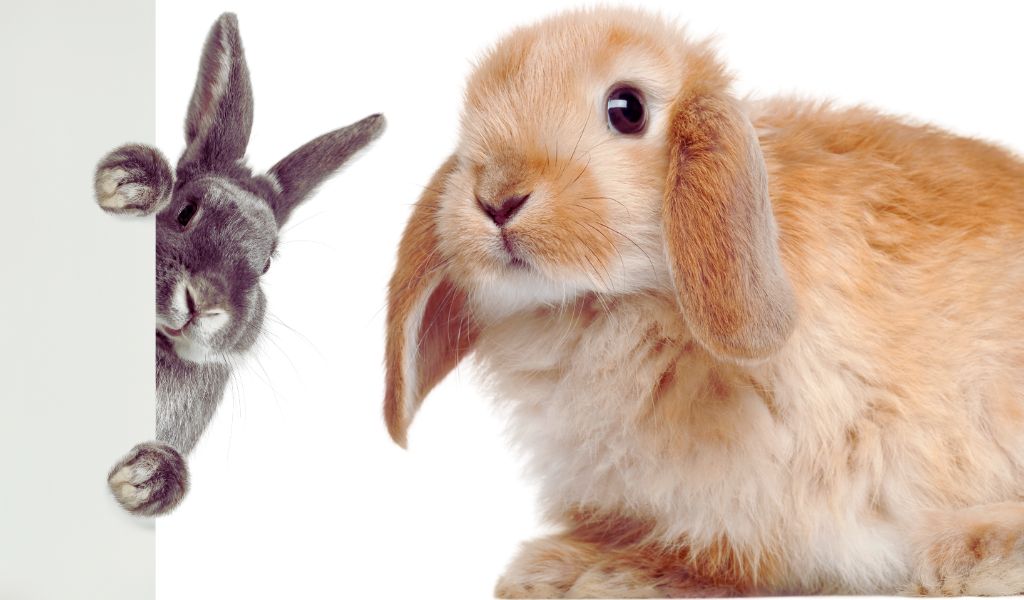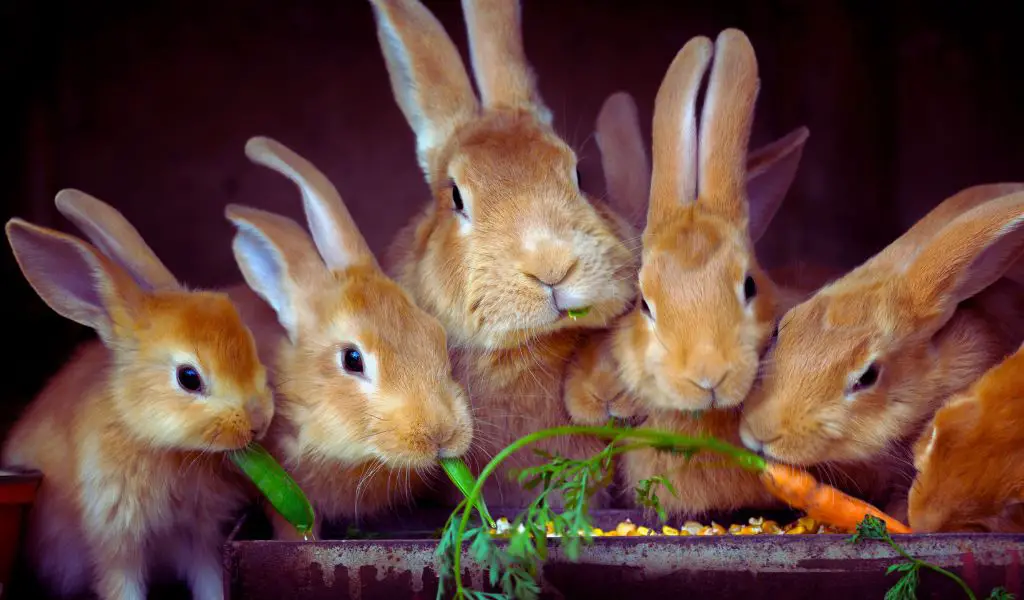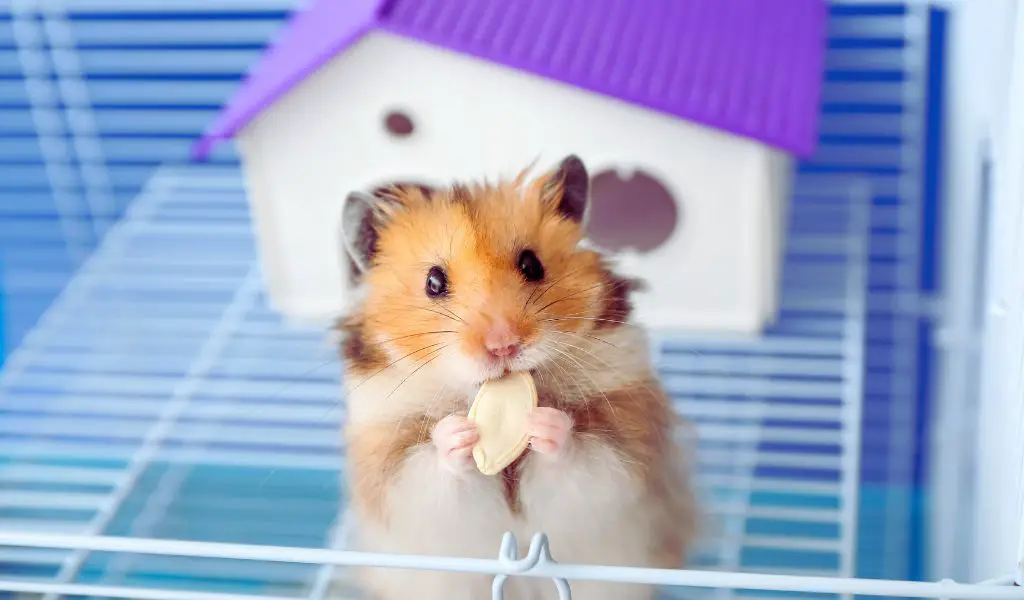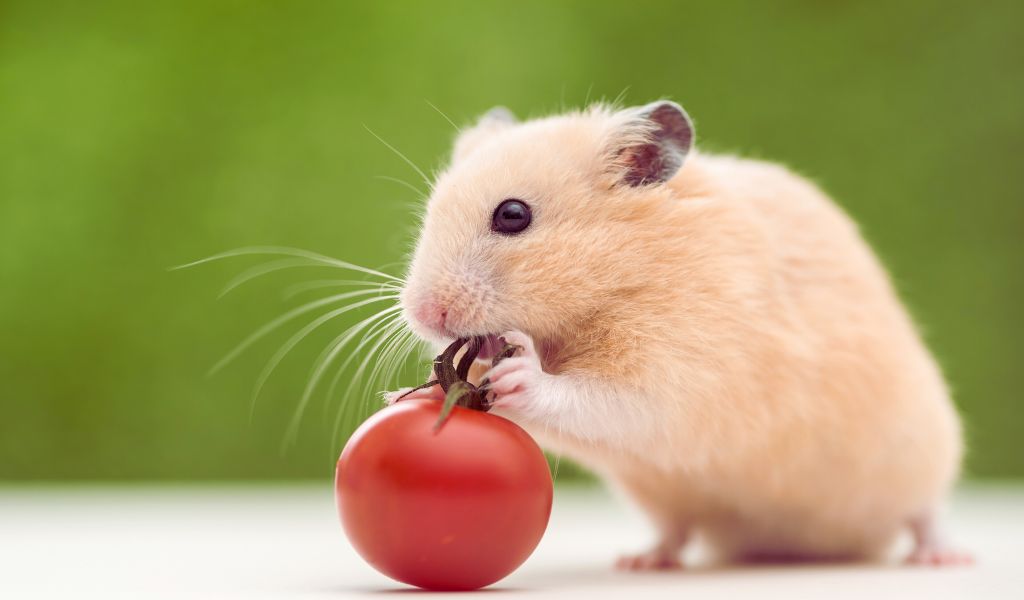Rabbits and bunnies communicate in fascinating ways, using a combination of body language, noises, and behaviors that pet owners can learn to interpret.
Understanding the subtle cues of rabbit body language is essential for any pet owner who wants to ensure their furry friend is happy and healthy.
This article delves into the world of rabbit and bunny communications, offering insights into what your pet is trying to convey through its actions and sounds.
By decoding common rabbit noises and bunny sounds, you’ll enhance your bond with your pet and provide them with the care and attention they deserve.
Introduction to Rabbit Communication
Rabbits are highly social animals, using a complex system of body language, sounds, and behaviors to communicate with their owners and other rabbits.
From subtle movements to distinct noises, understanding these signals can greatly enhance the relationship between you and your pet.
This guide will help you decode these cues, ensuring you’re responsive to your rabbit’s needs and emotions.
The Significance of Thumping
When a rabbit thumps its foot, it’s generally a sign of alarm or dissatisfaction.
This behavior, rooted in their status as prey animals, serves as a warning to others about potential danger.
Observing the context in which your rabbit thumps can help you identify and alleviate their stressors.
Grunt, Growl, Purr: Deciphering Rabbit Noises
Rabbits make a variety of sounds to express their emotions.
Grunting may indicate displeasure or a desire for attention, while growling can signal fear or aggression.
Conversely, purring (not the same as a cat’s purr) usually signifies contentment, especially when accompanied by gentle tooth grinding.
Understanding these sounds can help you better cater to your rabbit’s emotional state.

Tooth Grinding: Comfort or Concern?
Rabbits grind their teeth for two main reasons: comfort or pain.
Soft grinding is a sign of contentment, similar to purring in cats.
However, loud grinding may indicate discomfort or health issues, necessitating a vet visit to ensure your rabbit’s well-being.
The Bunny Flop: A Sign of Contentment
A bunny flop, where a rabbit flips onto its side or back, signifies utmost relaxation and trust in their environment.
This behavior shows that your rabbit feels safe and content in your presence.
Rabbit Screams: An Alarm Signal
A rabbit’s scream is a distress call, indicating severe fear or pain.
This alarming sound requires immediate attention to address whatever is causing your rabbit such discomfort.
Territorial Behaviors in Rabbits
Rabbits are naturally territorial animals.
Marking territory through scent glands, digging, and sometimes aggression toward new or encroaching rabbits are common.
Understanding these behaviors can help you navigate introducing new pets or changes in your rabbit’s environment.

Decoding Displeasure: When Rabbits are Unhappy
Signs of an unhappy rabbit include aggression, hiding, or changes in eating habits.
These behaviors may indicate stress, illness, or discontent with their environment, underscoring the importance of regular health checks and environmental enrichment.
Rabbit Hopping and Binky: Expressions of Joy
A happy rabbit will exhibit behaviors like hopping and binky, where they jump into the air and twist their body.
These actions are expressions of joy and indicate a healthy, content rabbit.
Building a Bond Through Understanding
Understanding your rabbit’s body language and sounds is crucial for a strong, trusting relationship.
By responding to their needs and emotions, you’ll create a happy, healthy environment for your pet.
Summary of Key Points
- Thumping signals alarm or dissatisfaction.
- Grunting and growling can indicate displeasure or aggression, while purring signifies contentment.
- Tooth grinding can mean comfort or pain, necessitating keen observation.
- A bunny flop shows relaxation and trust.
- A rabbit scream is a serious distress call requiring immediate action.
- Territorial behaviors are natural but can be managed with understanding and patience.
- Unhappy rabbits may hide, become aggressive, or change eating habits, signaling a need for attention to their well-being.
- Hopping and binky are joyful expressions of a happy rabbit.
- Developing a deep understanding of your rabbit’s communications will enhance your bond and ensure their happiness and health.
Understanding Rabbit and Bunny Body Language
Rabbits communicate a lot through their body language, and deciphering these cues can be incredibly rewarding.
A relaxed rabbit with a stretched out posture indicates contentment, while ears pressed back against the body might signal fear or aggression.
Observing and responding to these cues appropriately can make a significant difference in how secure and happy your rabbit feels in your home.
The Nuances of Rabbit Noises
Beyond the basic sounds discussed earlier, rabbits also make other noises like honking or buzzing, especially when they’re excited or seeking attention.
These sounds are often accompanied by circling behaviors, particularly in males showing interest in a female or simply as a way to get your attention.
Recognizing these sounds as communication attempts rather than mere background noise encourages a deeper connection with your rabbit.
The Importance of a Safe Environment
Rabbits’ behaviors are heavily influenced by their environment.
Creating a safe, stimulating environment where they can explore, hide, and play is crucial for their physical and mental well-being.
This includes providing plenty of space for exercise, toys for mental stimulation, and hiding spots to retreat to when they feel the need for security.
Understanding how your rabbit interacts with their environment can give you insights into their needs and preferences.
Responding to Rabbit Behaviors
When you notice specific behaviors, like thumping or growling, it’s important to respond in a way that addresses your rabbit’s needs or concerns.
For example, if your rabbit is thumping due to perceived danger, calmly reassure them and check their surroundings for anything that might be causing distress.
Similarly, if your rabbit is grinding its teeth loudly and appears in pain, a visit to the vet is in order to rule out health issues.

Social Interactions Among Rabbits
If you have more than one rabbit, understanding their social dynamics is key.
Rabbits establish hierarchies, and behaviors such as grooming, mounting, and even gentle nipping can be part of their social interactions.
However, aggression or prolonged chasing may indicate that the rabbits are not getting along, and intervention may be necessary to prevent injuries.
Health and Happiness Go Hand in Hand
Many behaviors and sounds rabbits make are directly related to their health status.
Regular health checks, a balanced diet, and immediate attention to any signs of illness are non-negotiable aspects of responsible rabbit ownership.
A healthy rabbit is more likely to exhibit positive behaviors, indicating contentment and well-being.
Training and Positive Reinforcement
Rabbits are intelligent and can be trained to perform various tasks and behaviors using positive reinforcement.
Training sessions not only stimulate your rabbit’s mind but also deepen the bond between you as you spend quality time together.
Rewarding positive behaviors and gently discouraging unwanted ones through positive reinforcement can be very effective with rabbits.
Understanding and responding to the body language and sounds of your rabbit or bunny is a journey that enhances the bond between pet and owner.
Each rabbit is an individual with its own personality and preferences, and taking the time to understand these unique traits can lead to a more harmonious and fulfilling relationship.
Remember, patience, observation, and a gentle approach are key in decoding the complex language of rabbits.
By paying close attention to their needs and behaviors, you can ensure a happy, healthy life for your furry friend.
Bullet Point Summary
- Body Language: Recognize and respond to your rabbit’s body posture to gauge their feelings.
- Rabbit Noises: Understand the various sounds, like honking and buzzing, as part of their communication.
- Safe Environment: Provide a stimulating and secure space for physical and mental well-being.
- Behavioral Responses: Address behaviors like thumping or teeth grinding by assessing and removing stressors or seeking veterinary care.
- Social Dynamics: Monitor interactions among rabbits to ensure a harmonious living situation.
- Health and Happiness: Prioritize health with regular check-ups and a balanced diet for a content rabbit.
- Training: Engage in positive reinforcement training to stimulate your rabbit and strengthen your bond.
- Individuality: Appreciate and cater to the unique personality and needs of each rabbit for a rewarding companionship.
Embracing these insights into rabbit communication and behavior will not only make you a more informed and responsive pet owner but also enrich the lives of these fascinating creatures, ensuring they remain an integral and cherished part of your family.





